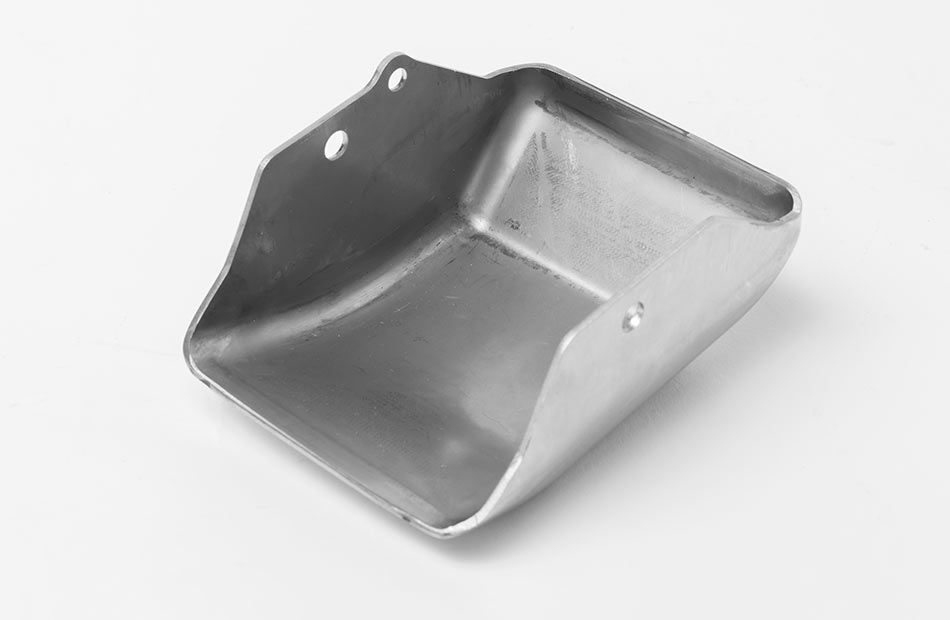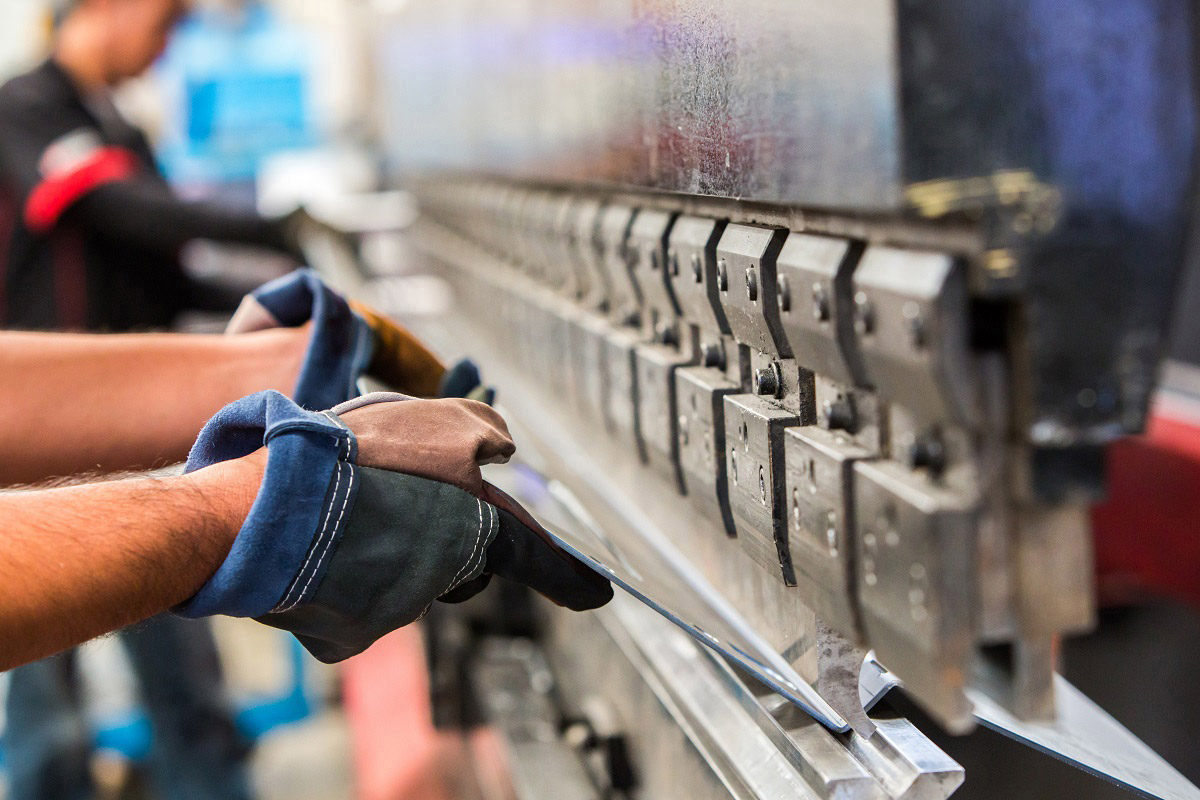Releasing the Possible of Metal Stamping: Expert Tips and Best Practices Exposed
In the world of steel stamping, where accuracy and performance preponderate, the pursuit to maximize procedures and unlock concealed possibilities is a perpetual pursuit. Expertise honed over years of market experience, combined with innovative techniques and sophisticated innovations, holds the vital to accomplishing exceptional outcomes. As we browse with the elaborate globe of metal stamping, a more detailed look at the ins and outs of tooling layout, product choice, production effectiveness, quality assurance, and emerging fads guarantees a treasure of understandings waiting to be uncovered. Remain tuned to uncover how these specialist tips and finest practices can reinvent the steel stamping landscape.
Tooling Design Optimization
Optimizing tooling layout is necessary for boosting efficiency and precision in steel stamping processes. A well-balanced tooling layout can considerably affect the top quality and cost-effectiveness of metal stamping procedures. By very carefully thinking about variables such as material selection, pass away arrangement, and part geometry, manufacturers can improve manufacturing processes and improve total product top quality.
One key facet of tooling design optimization is picking the most ideal products for the punches and dies used in the stamping process. Products with high wear resistance and toughness are chosen to guarantee longevity and reduce tooling upkeep demands. Furthermore, pass away configuration plays an important role in accomplishing uniformity and uniformity in stamped components. Proper die style can help avoid concerns such as wrinkling, tearing, and too much springback, leading to higher manufacturing returns and decreased scrap rates.
In addition, maximizing component geometry through tooling design can aid reduce product waste and manufacturing time. By very carefully shaping dies and punches to match the preferred part specifications, manufacturers can achieve tighter resistances and enhanced part quality. Overall, spending time and resources in maximizing tooling style can lead to substantial long-lasting advantages for metal stamping procedures.

Product Choice Strategies
Tactically selecting materials for metal marking tooling is paramount for ensuring resilience and performance in manufacturing procedures. When picking products for steel marking applications, numerous vital factors should be thought about.
One more vital consider product choice is the anticipated manufacturing volume - Metal Stamping. For high-volume production runs, tooling products with remarkable wear resistance and durability, such as tool steels or carbide, are typically chosen to endure the rigors of continuous marking procedures
Moreover, the complexity of the marking style and the needed precision likewise play a considerable function in material selection. For intricate stamping patterns or limited resistances, materials with high thermal conductivity and outstanding machinability, like beryllium copper or tool steel alloys, may be more suitable to accomplish the wanted results.
Production Efficiency Techniques
To improve making output and decrease production prices, carrying out effective methods in metal stamping processes is essential. Automated metal marking equipments can execute jobs with precision, consistency, and at a much faster price than hand-operated labor, leading to boosted efficiency and decreased cycle times.
Another More Bonuses technique to boost manufacturing effectiveness is through continuous procedure renovation. Performing normal audits and efficiency examinations can aid recognize traffic jams, inefficiencies, and areas for improvement within the steel marking procedure. By examining data and comments from these evaluations, makers can implement targeted services to simplify operations, boost throughput, and take full advantage of general efficiency.
Additionally, taking on lean production concepts, such as five approach and Kanban systems, can assist eliminate waste, enhance process, and enhance total efficiency in steel stamping operations. By fostering a culture of continual enhancement and empowering workers to add ideas for efficiency gains, makers can unlock the full capacity of their metal marking procedures.
Quality Assurance Actions
Building on the foundation of efficient production techniques in steel marking procedures, making certain rigorous quality assurance measures is crucial for keeping item criteria and customer contentment. Quality control in metal stamping includes organized inspection, screening, and surveillance of the manufacturing processes to recognize and correct any kind of variances or defects that might endanger the end click for source product's stability (Metal Stamping). Carrying out actions such as regular tools upkeep, in-process evaluations, and detailed testing of completed components can assist detect problems early and protect against expensive rework or item recalls
Routine audits and testimonials of quality procedures can help determine locations for renovation and make certain consistency in product quality. By cultivating a society of high quality awareness amongst employees and giving appropriate training on high quality control procedures, producers can improve general item dependability and brand name track record.

Cutting-edge Steel Stamping Technologies
Innovations in steel marking modern technologies have actually revolutionized the manufacturing sector, enhancing performance and accuracy in the production process. Servo presses offer unequaled control over the marking process, enabling for modifications in dwell, force, and speed time with outstanding precision.

Additionally, the adoption of additive production strategies in metal marking, such as 3D printing of die parts, has structured the tooling design and manufacturing procedure. This technique permits greater layout flexibility, quick prototyping, and cost savings in tooling manufacturing. By leveraging these innovative innovations, suppliers can unlock new degrees of performance, quality, and competitiveness in the steel marking industry.
Final Thought
Finally, the optimization of tooling layout, calculated product selection, effective manufacturing strategies, quality control procedures, and innovative innovations are crucial for unleashing the full capacity of steel stamping. By executing these finest practices and professional pointers, manufacturers can improve efficiency, boost top quality, and remain affordable in the metal marking this article market. It is critical for companies to constantly examine and boost their processes to attain success in this field.
As we navigate with the detailed globe of metal stamping, a better look at the ins and outs of tooling layout, product selection, manufacturing efficiency, top quality control, and emerging patterns guarantees a treasure trove of insights waiting to be uncovered. A well-balanced tooling style can dramatically affect the high quality and cost-effectiveness of metal marking procedures.Structure on the foundation of efficient manufacturing strategies in steel marking procedures, making certain rigorous top quality control procedures is important for preserving product standards and customer complete satisfaction. Quality control in metal stamping entails organized evaluation, testing, and tracking of the manufacturing refines to recognize and remedy any type of variances or flaws that could compromise the final item's stability.In final thought, the optimization of tooling layout, tactical product selection, effective manufacturing techniques, quality control procedures, and innovative innovations are crucial for unleashing the full possibility of steel stamping.